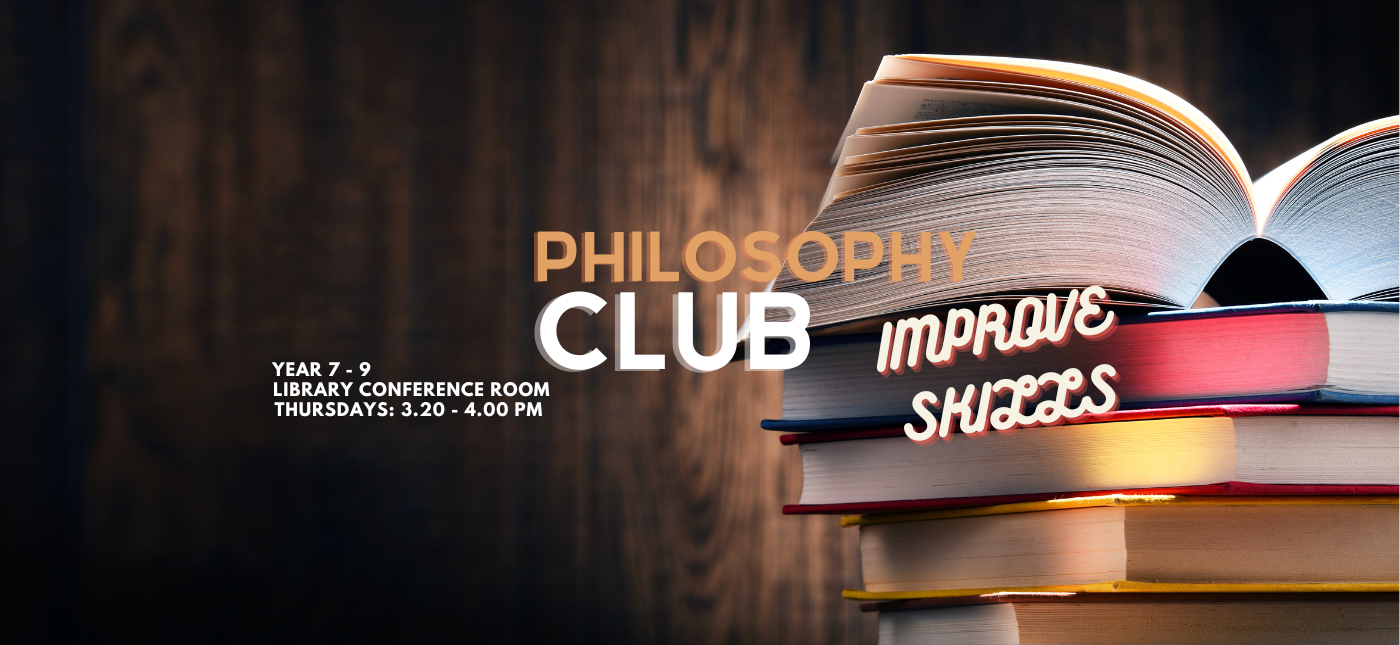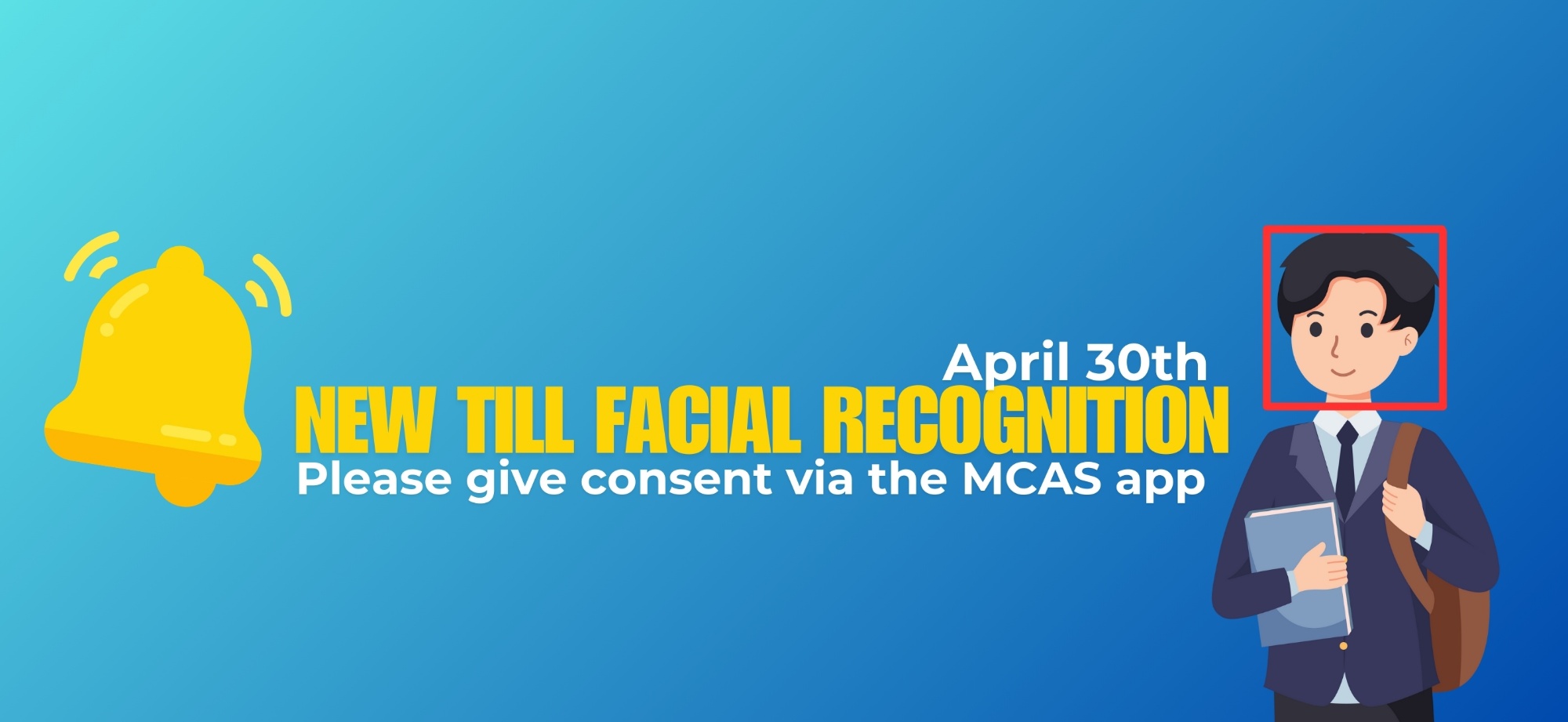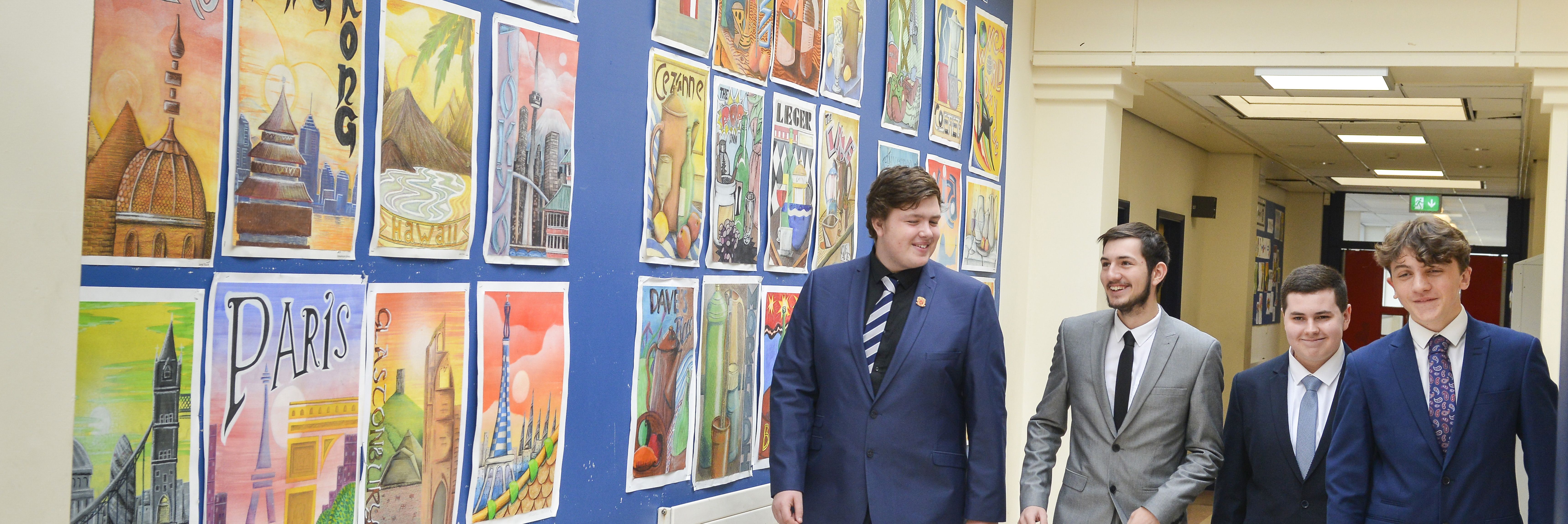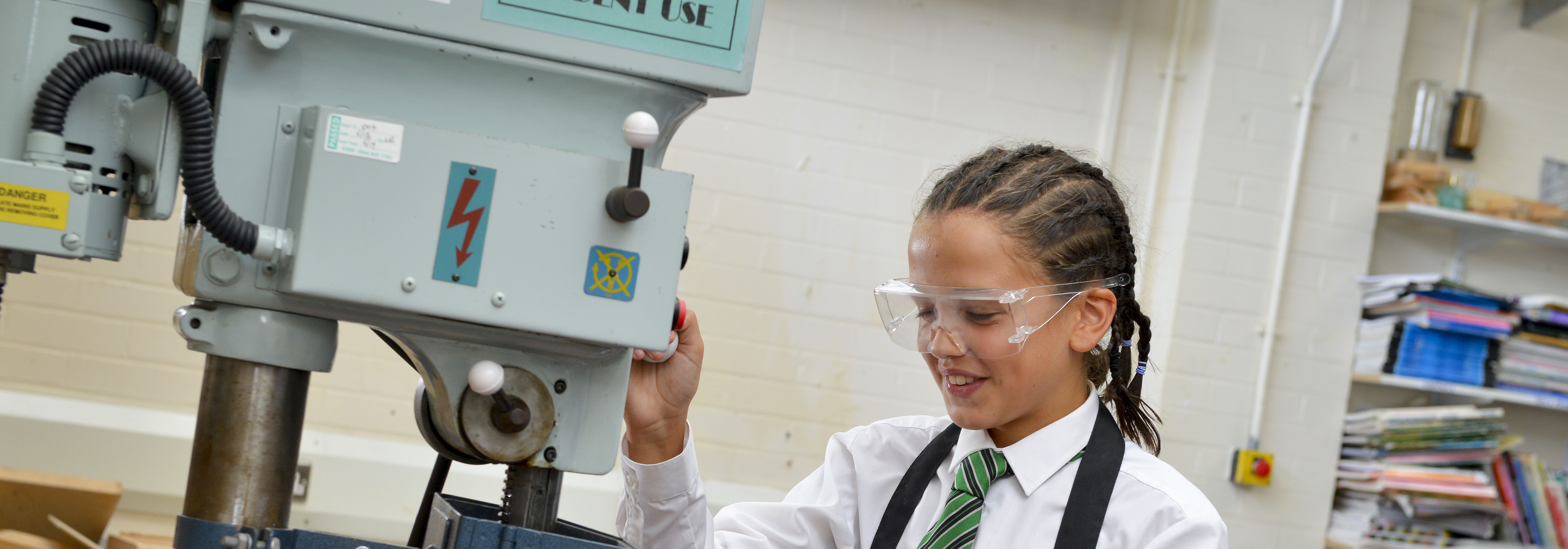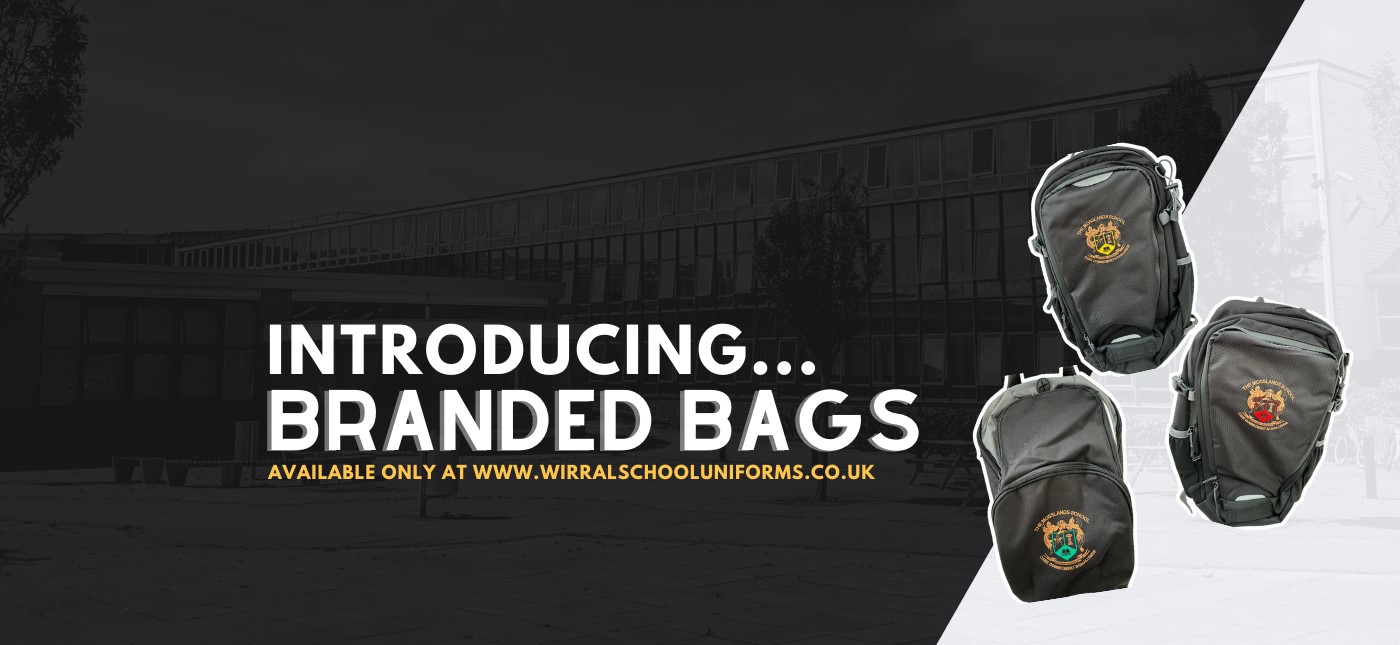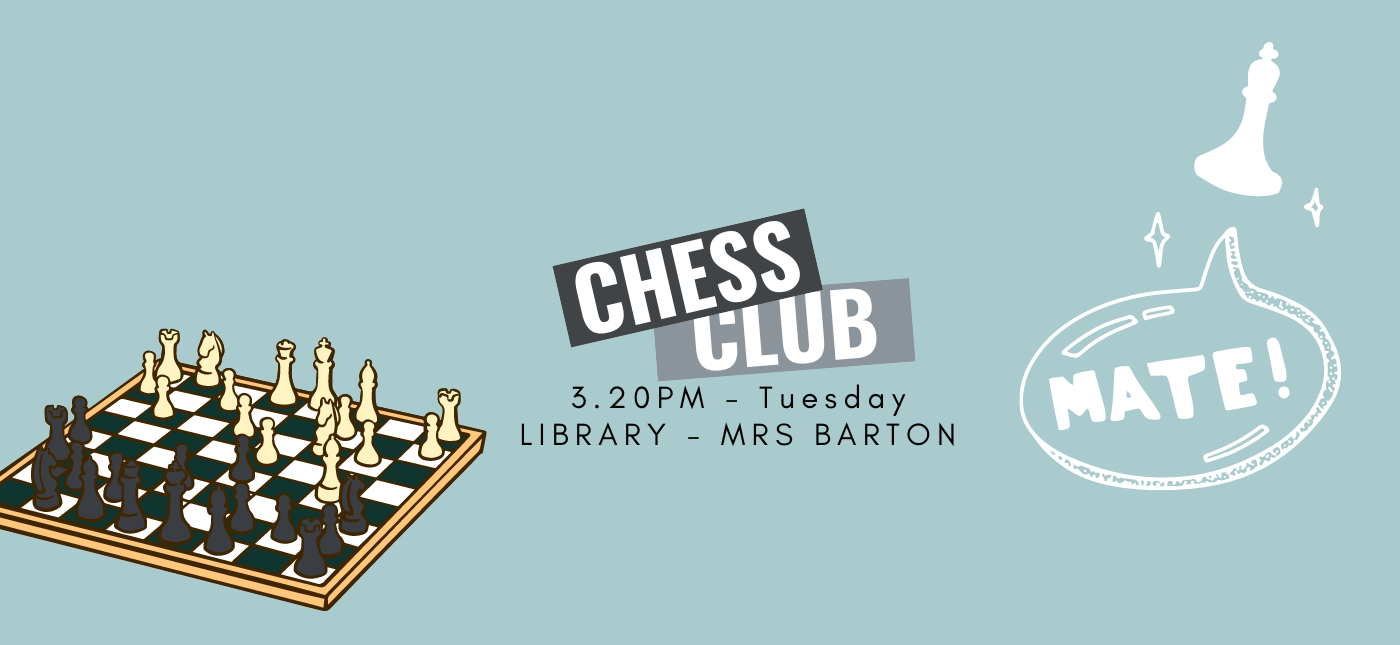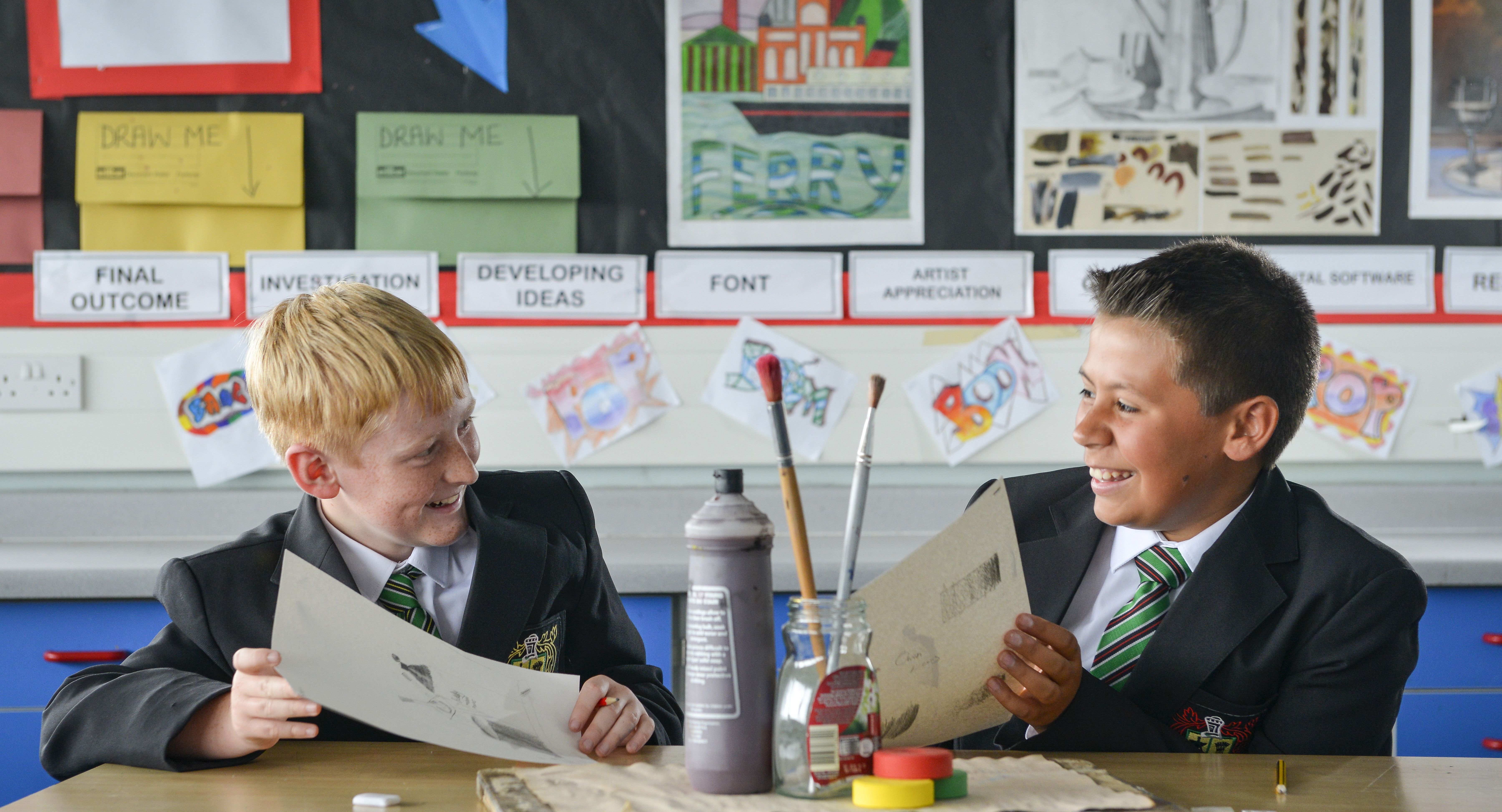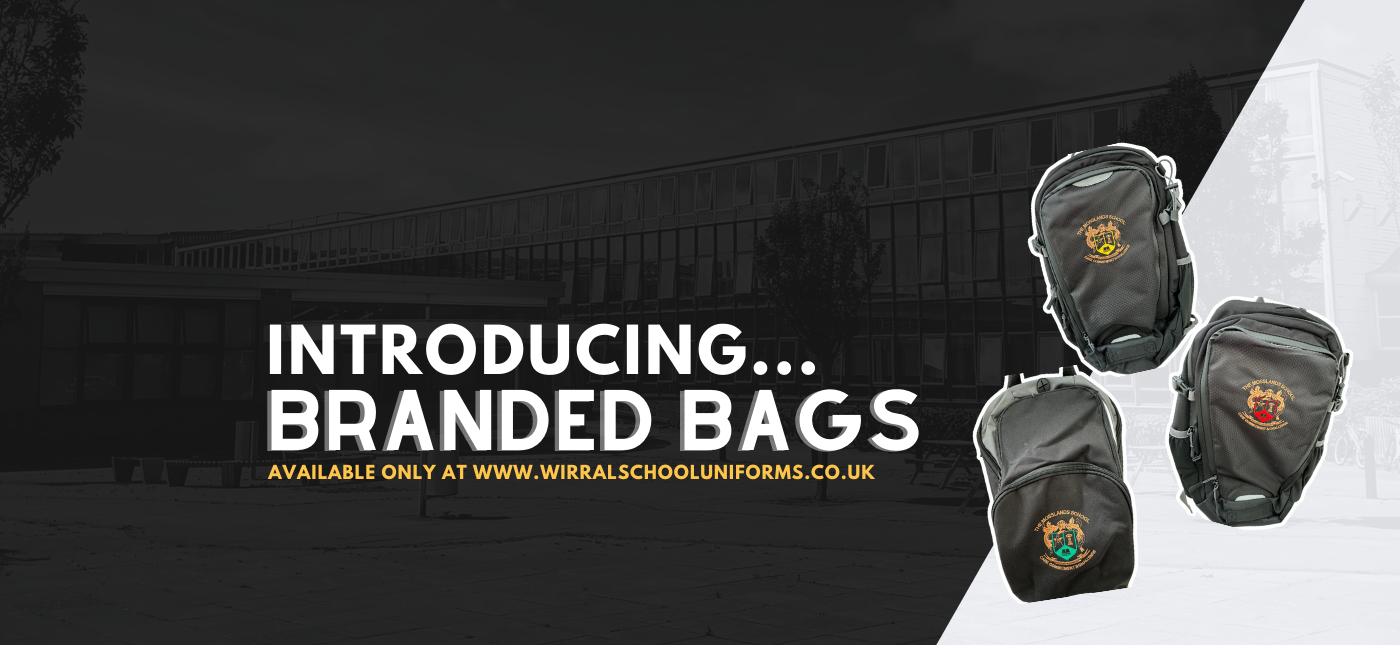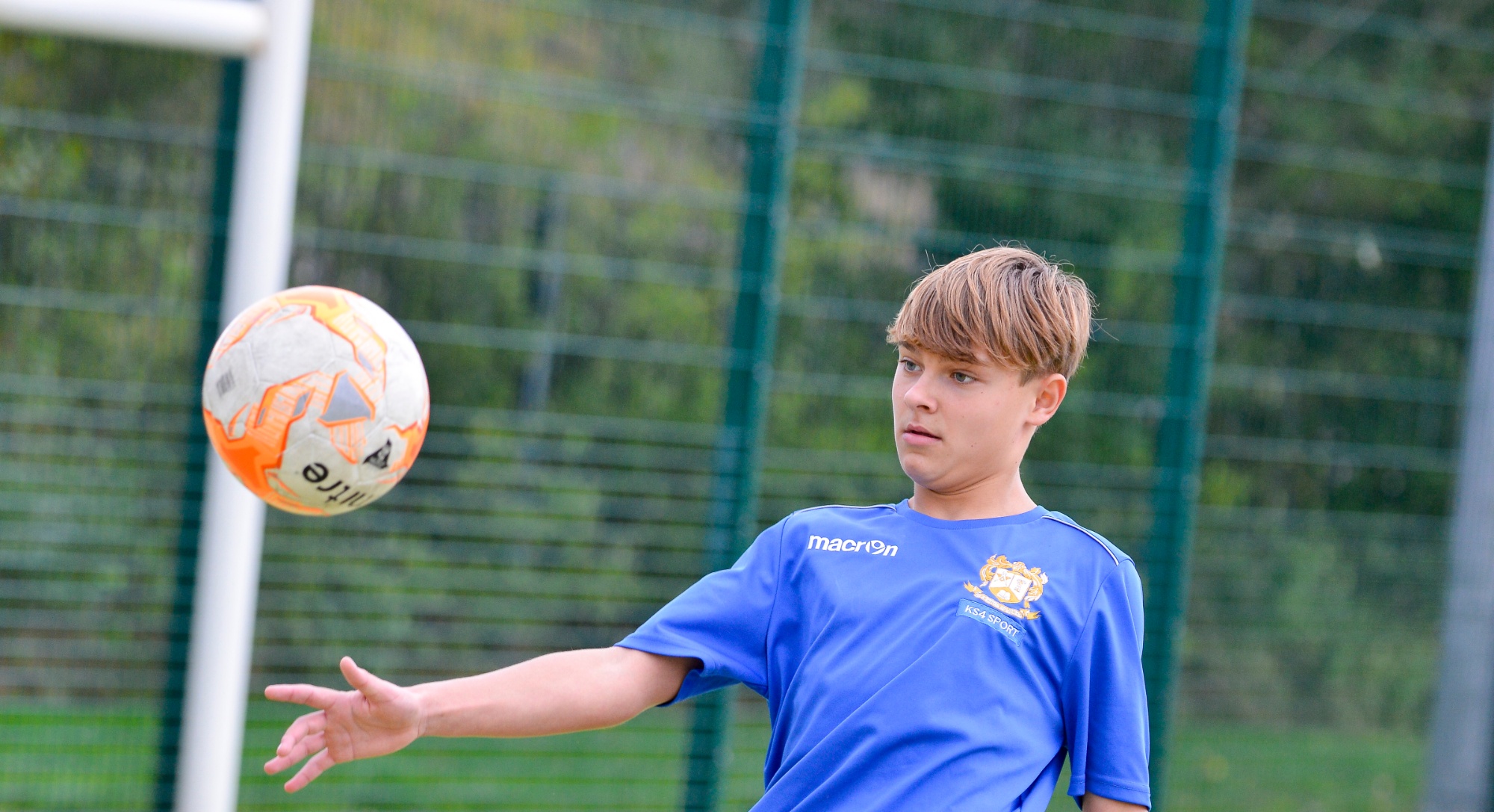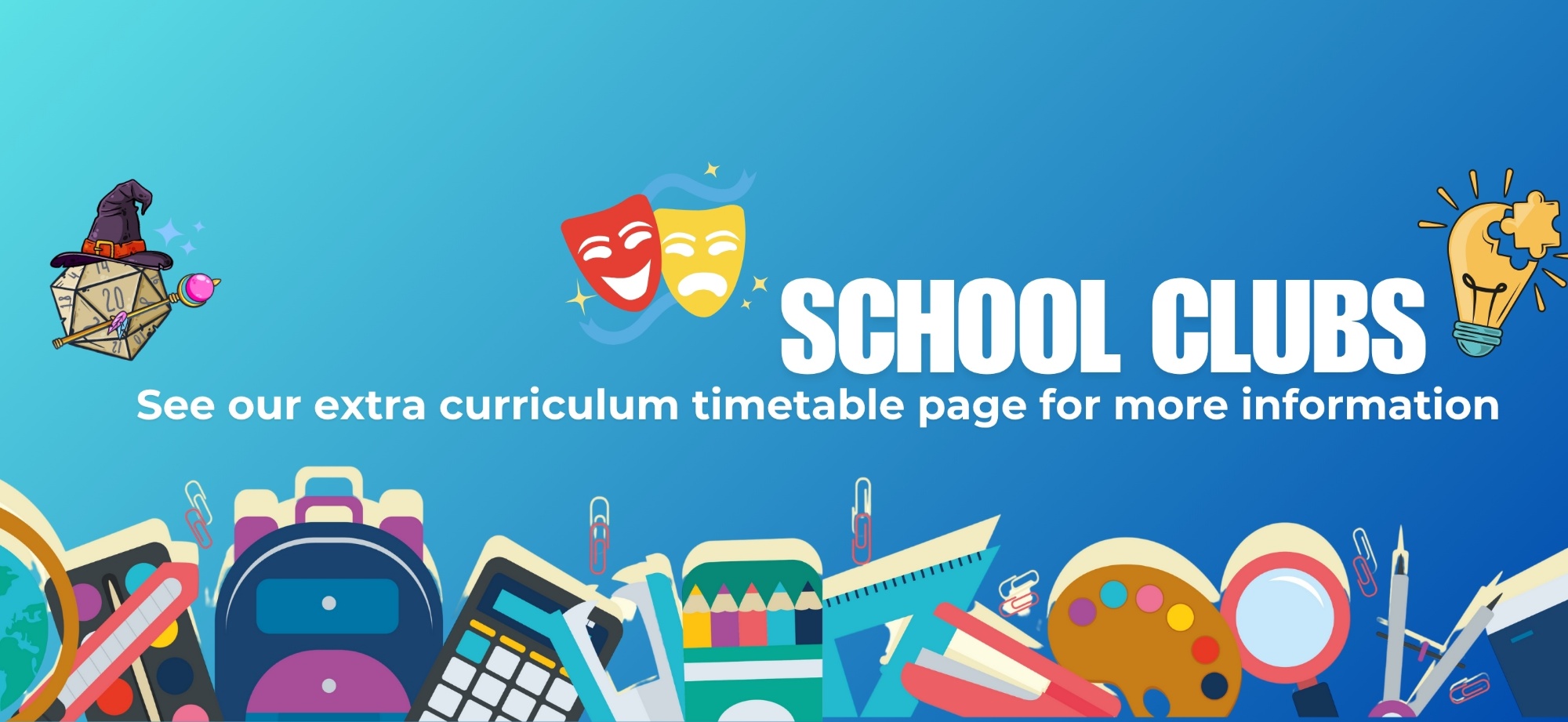Pupil Premium
The Mosslands School Pupil premium strategy statement
This statement details our intended use of pupil premium and recovery premium for the 2024 to 2025 academic year to help improve the attainment of our disadvantaged pupils.
School overview
|
Detail |
Data |
|
School name |
The Mosslands School |
|
Number of pupils in school |
922 |
|
Proportion (%) of pupil premium eligible pupils |
41.0 |
|
Academic year/years that our current pupil premium strategy plan covers |
2023-2026 |
|
Date this statement was published |
December 2024 |
|
Date on which it will be reviewed |
September 2025 |
|
Statement authorised by |
Mr Whiteley |
|
Pupil premium lead |
Mr McKune |
|
Governor / Trustee lead |
Mrs J Owens |
Funding overview
|
Detail |
Amount |
|
Pupil premium funding allocation this academic year |
£364,350 |
|
Pupil premium funding carried forward from previous years (enter £0 if not applicable) |
£0 |
|
Total budget for this academic year |
Part A: Pupil premium strategy plan
Statement of intent
|
Our intention is that all students at The Mosslands School, irrespective of their background or the challenges they face, make good progress and achieve high attainment across the curriculum, particularly in English, Maths and Science. The focus of our pupil premium strategy is to support disadvantaged pupils to achieve that goal, including progress for those who are already high attainers. We will consider the challenges faced by vulnerable pupils, such as those who have a social worker. The activity we have outlined in this statement is also intended to support their needs, regardless of whether they are disadvantaged or not. High-quality teaching is at the heart of our approach, with a focus on areas in which disadvantaged pupils require the most support. This is proven to have the greatest impact on closing the disadvantage attainment gap and at the same time will benefit the non-disadvantaged pupils in our school. Implicit in the intended outcomes detailed below, is the intention that non-disadvantaged pupils’ attainment will be sustained and improved alongside progress for their disadvantaged peers. Our approach will be responsive to common challenges and individual needs, rooted in robust diagnostic assessment, not assumptions about the impact of disadvantage. The approaches we have adopted complement each other to help pupils excel. To ensure they are effective we will:
|
Challenges
This details the key challenges to achievement that we have identified among our disadvantaged pupils.
|
Challenge number |
Detail of challenge |
|
1 |
The attainment of disadvantaged students is generally lower than that of their peers in English, Maths and Science. |
|
2 |
Assessments, observations and discussion with KS3 students indicate that disadvantaged students generally have lower literacy levels than their peers. This has an impact across the curriculum. |
|
3 |
Our observations suggest many lower attaining disadvantaged students lack metacognitive /self-regulatory strategies when faced with challenging tasks, notably in their monitoring and evaluation of their answers. This applies across the curriculum. |
|
4 |
Our assessments, observations and discussions with students, families and external partners highlight the need for a more comprehensive personal development curriculum. Current data shows a significant disparity in behavioural incidents between disadvantaged students and their non-disadvantaged peers, with disadvantaged students being disproportionately represented in negative behaviour logs. The challenges we face reflect wider community issues which further highlight the need to establish and maintain a strong school ethos. These behavioural and cultural challenges particularly affect our disadvantaged pupils, creating additional barriers to their academic attainment and engagement with school life. |
|
Our assessments, including observations and discussions with pupils and families, have identified social and emotional issues for many pupils, such as anxiety, depression (diagnosed by medical professionals) and low self-esteem. This is partly driven by concern about exams, future prospects, and the lack of enrichment opportunities. These challenges particularly affect disadvantaged pupils, including their attainment. |
|
|
6 |
Our attendance data for the past three years highlights the difficulties we face in ensuring our students attend regularly. This applies to disadvantaged students and non-disadvantaged students. Absenteeism impacts greatly on academic progress for all students. |
Intended outcomes
This explains the outcomes we are aiming for by the end of our current strategy plan, and how we will measure whether they have been achieved.
|
Intended outcome |
Success criteria |
|
Improved attainment among disadvantaged students across the curriculum at the end of KS4. |
By the end of our current plan in 2026 we aim to close gaps in attainment 8 between disadvantaged pupils and those who are not. |
|
Improved reading comprehension among disadvantaged pupils across KS3 |
Reading comprehension tests demonstrate improved comprehension skills among disadvantaged pupils and a smaller disparity between the scores of disadvantaged pupils and their non-disadvantaged peers. Teachers should also have recognised this improvement through engagement in lessons and book scrutiny. |
|
Improved metacognitive and self-regulatory skills among the disadvantaged across all curriculum areas. |
Teacher reports and class observations suggest disadvantaged pupils are more able to monitor and regulate their own learning. This finding should be supported by student engagement and attitudes to learning, including behaviour logs. |
|
Improved school ethos and improved behaviour at unstructured times.
|
Student voice including Year and School Council feedback. Increase in disadvantaged student participation in extra-curricular activities including trips and breakfast club. Decrease in the number of incidents relating to issues at unstructured times, including incidents reported in the community. The tracking of evidence looking at structured and unstructured times and the number of incidents concerning disadvantaged students compared to non-disadvantaged.
|
|
To achieve and maintain an improvement in student well-being for all students including those who are disadvantaged to ensure engagement with learning.
|
Effectiveness of strategies used to support student wellbeing, enabling engagement with learning. Low NEET Figure Increase in disadvantaged student participation of extra-curricular activities including trips and breakfast club. Evidence from the Access to education team regarding access to services including group work and external agency work.
|
|
To achieve and sustain improved attendance for all students, particularly our disadvantaged students. |
Sustained high attendance by 2026 demonstrated by
|
Activity in this academic year
This details how we intend to spend our pupil premium (and recovery premium funding) this academic year to address the challenges listed above.
Teaching (for example, CPD, recruitment and retention)
Budgeted cost: £170,236
|
Activity |
Evidence that supports this approach |
Challenge number(s) addressed |
|
Improving literacy in all subject areas in line with recommendations in the EEF Improving Literacy in Secondary Schools guidance. We will fund additional staffing and resources to support this. |
Acquiring literacy is key for students as they learn new, more complex concepts in each subject: Improving Literacy in Secondary Schools Reading comprehension, vocabulary and other literacy skills are heavily linked with attainment in maths and English: |
1, 2, 3 |
|
Developing metacognitive and self-regulation skills in all pupils. This will involve ongoing teacher training and
|
Teaching metacognitive strategies to pupils can be an inexpensive method to help pupils become more independent learners. There is particularly strong evidence that it can have a positive impact on maths attainment: Metacognition and self-regulation | Toolkit Strand | Education Endowment Foundation | EEF |
1, 2 |
|
Develop a whole school approach to the consistent use of formative This will involve teacher training and support and release time. |
Pupils in schools that develop an effective approach to using formative assessment are consistently shown to make better progress than their peers in other schools.
|
1,3 |
|
Develop an internal programme to build ethos around the key characteristics of Teamwork, Respect Ambition, Community and Knowledge. (TRACK)
|
Our wider community challenges highlight the need for a structured and comprehensive personal development programme; one which reinforces our school values and helps us to develop a strong school culture and ethos. Ensuring this focus can address the behavioural challenges affecting our disadvantaged pupils, particularly during unstructured times, while developing students' understanding of positive citizenship through our TRACK values. |
2,3,4,5 |
|
Purchase of standardised diagnostic assessments. Training will be provided for staff to ensure assessments are interpreted correctly. The use of data will be monitored through SISRA and FFT in particular to monitor the progress of disadvantaged students and ensure gaps do not develop |
Standardised tests can provide reliable insights into the specific strengths and weaknesses of each pupil to help ensure they receive the correct additional support through interventions or teacher instruction: Assessing and Monitoring Pupil Progress | Education Endowment Foundation | EEF |
1, 2, 5, 6 |
|
Use of remote learning to enable students to access curriculum materials and address gaps in knowledge and understanding, particularly those arising from poor attendance |
Planned in line with DFE guidance on best practice for remote learning provision.
|
1, 4, 5, 6 |
Targeted academic support (for example, tutoring, one-to-one support structured interventions)
Budgeted cost: £94,360
|
Activity |
Evidence that supports this approach |
Challenge number(s) addressed |
|
Development and implementation of our Access to Education (A2E) Team to provide comprehensive, coordinated |
A coordinated, multi-faceted approach to student support has been shown to be effective in addressing barriers to learning. By combining attendance monitoring, SEND support, family engagement, and targeted academic intervention through our A2E team, we can provide more responsive and cohesive support for our most vulnerable learners. Tuition targeted at specific needs and knowledge gaps can be an effective method to support low One to one tuition | EEF (educationendowmentfoundation.org.uk) and in small groups: Small group tuition | Toolkit Strand | Education Endowment Foundation | EEF |
1, 2, 4, 5 & 6 |
|
Mosslands on-site Alternative Provision (MAP) delivering structured support and curriculum access for students currently unable to engage with |
Internal Alternative Provision allows students to maintain connection with the school community while receiving intensive support - a factor proven to increase successful reintegration rates. A successful implementation requires a combination of:
|
4, 5, 6 |
Wider strategies (for example, related to attendance, behaviour, wellbeing)
Budgeted cost: £99,754
|
Activity |
Evidence that supports this approach |
Challenge number(s) addressed |
|
Embedding principles of good practice set out in DfE’s Improving School Attendance advice. Develop the Access to Education team to monitor attendance patterns and intervene as appropriate |
The DfE guidance has been informed by engagement with schools that have significantly reduced persistent absence levels. |
6 |
|
Implementation of a multi-tiered support system for attendance and behaviour, aligned with latest DfE guidance. |
The DfE emphasises the importance of swift intervention and clear support systems. An effective approach should combine proactive monitoring with structured support. |
4, 5, 6 |
|
Development of comprehensive student wellbeing provision focusing on emotional literacy and mental health. |
Research shows that supporting students' emotional and mental wellbeing has a significant impact on attendance and engagement. A structured approach should involve effective assessment, diagnosis, and actions to address concerns. |
4, 5 |
|
Develop strategies to better reintegrate students to mainstream classes after periods of absence. |
The DfE guidance has been informed by engagement with schools that have significantly reduced persistent absence levels. |
1, 5, 6 |
|
Improve pastoral support system to ensure capacity to impact the wider school ethos programme |
The impact of the pandemic on our students is widely reported and still evident in issues faced in the local community. This requires attention through the dedicated form time and the need to address behaviour during unstructured time. |
4, 5 |
Total budgeted cost: £ 364,350
Part B: Review of outcomes in the previous academic year
Pupil premium strategy outcomes
This details the impact that our pupil premium activity had on pupils in the 2023 to 2024 academic year.
|
Externally provided programmes
Please include the names of any non-DfE programmes that you purchased in the previous academic year. This will help the Department for Education identify which ones are popular in England
|
Programme |
Provider |
|
We have engaged extensively with Alternative Provision providers registered with the LA AP guild in cases where pupils are not engaging with school or where there is a credible chance of success as an alternative to permanent exclusion |
The Wirral Respite Alternative Provision (WRAP) provide both construction level 1 and 2 courses, English and Maths small group tuition and counselling. We used this for students as a bridge to post 16 education and training for older students and for students who have had trauma that has left them disengaged from school. We used IMPACT Alternative provision for cases where there has been trauma and where students are struggling with their Social, Emotional and Mental health. Frequently these students have extensive absences, many are involved with social care and / or youth justice systems and some are in the care of the Local Authority. Typically students will spend up to 12 weeks in intensive support followed by a phased return, blended between the provider and school. We have also used UTOPIA, Horizons and Everton Free school where we deem them best suited to meet the needs of the student. Our aim is always to re-engage students and return them to full-time education or provide them with access to post-16 education, employment and training. |




